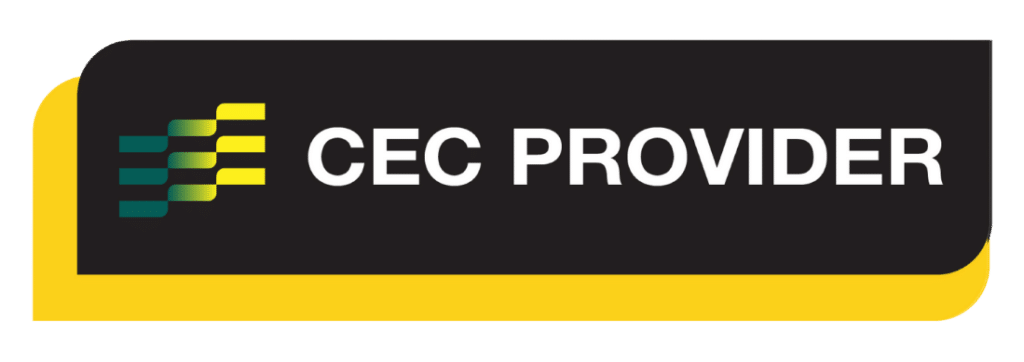Reformer Repertoire
Abdominal Work:
The Hundred - Double Leg Stretch
Alternate Names
N/A
Derived From
Classical Reformer: The Hundred
Primary Element
Strength
Why for Primary?
To develop strength and endurance in thoracic flexion and shoulder extension and strengthen as well as develop control in the deep abdominal muscles transversus abdominis to create pelvis and torso stability.
Secondary Element
Stability
Why for Secondary?
To develop control in the deep abdominal muscles transversus abdominis.
Tertiary Element
N/A
Why Tertiary?
N/A
Breath Count
Inhale for five counts, exhale for five counts
Repetitions
1 set of 100 counts
Apparatus Setup
Suggested springs
- Number system: 1 spring
- Colour system: 1 x red spring
- Resistance: light to medium
Head rest position flat unless any neck issues, or the client feels more supported with the head lifted using the head rest or a slightly deflated Pilates ball or cushion.
Foot Bar one position down from vertical, or on many Reformers the top angled position.
Plane of Motion
Sagittal
Targeted Muscles
For torso flexion the targeted muscles are rectus abdominis or the ‘six-pack’ muscles at the front of the torso. To create pelvis stability the targeted muscles are the deep abdominal muscles transversus abdominis.
Warnings
This exercise may be unsuitable for clients where torso flexion or engagement of the abdominals is contraindicated.
The exercise may be difficult for clients who present with tight hip flexors, or lumbar pain due to the legs being lifted and extended. Try and round the lumbar spine and relax into the carriage and bring the knees in towards the chest if the extended leg position causes lumbar arching. Alternatively place the feet onto the foot bar and place the straps away as if working on a mat.
Execution
Lie supine on the carriage with the legs in a table top position (hips and knees at a 90 degree angle). Place the hands in the short loops with the arms vertical – above the shoulders, maintaining slight tension on the straps.
Exhale lift the head and chest, while pressing the arms down to the sides of the body and extending the legs. Inhale, deepen the abdominal connection. Exhale to pump the arms up and down in small rhythmic motion for 5 counts, inhale to continue pumping the arms up and down for 5 counts. Repeat for 10 cycles – or 100 counts – hence the name. Return to the starting position to finish.
Observations
Do a body scan of the client taking note of the following points
- Head and Neck
- Is the back of the neck long and crease free? A slight retraction of the neck with the chin tucked can help avoid straining the neck
- Pelvis
- Are the hip bones even horizontally or is the client leaning to one side?
- Legs
- Are the legs extended at an appropriate angle and not reaching away causing an arch in the lumbar spine? Higher will be easier to keep the lumbar spine connected to the carriage
- Arms
- Are the arms gently beating up and down to stay in rhythm with the counting?
- Apparatus
- Is there tension on the springs the whole time? Or is the carriage crashing to the stopper or ‘park’ indicating a lack of control and a push by the client beyond their ideal range of motion? If the carriage is crashing encourage the client to reduce their range of motion and slow their movement down to focus on controlling the return phase, keeping tension on the ropes and stopping when the arms come back above the shoulders at the end.
Learning Style Technique Cues
Auditory – word associations that connect mind and body
- Inhale, 2, 3, 4, 5, Exhale 2, 3, 4, 5
- Keep the legs still and extended, noting that nothing from the hip bones down moves
- Keep the head aligned with the spine and eyes focused forward to the feet
- Say the client’s name when you’re about to interact with them
Visual
- Maintain your gaze or eye line on the feet, avoiding dropping or lifting the chin
- Imagine the pumping of the arms creating energy that moves through the body
- Imagine you’re in a shallow bath, avoid splashing the water with your hands, create the movement from the shoulders and upper arms
- You may demonstrate a part of the movement as a visual representation for the client to see
Kinaesthetic
- Keep the carriage as still as possible as the arms pump up and down with small, calm movements
Modifications and Variations
Regress the exercise by
- Supporting the upper body with a foam wedge or cushion, keeping the head down and working through the arms beating and holding the legs in table top
- Moving the legs to a table top position or placing the feet onto the foot bar and place the straps away as if working on a mat
- Regress to Feet in Straps: Double Leg Lowers and identifying what position to hold the legs without doming or arching the spine whilst the feet are in the straps, before progressing to The Hundred exercise where the feet in strap support is removed
- Reduce the repetitions and/or pace
- Working on Abdominal Work: The Hundred (legs remaining in table top)
- Working on Abdominal Work: Beats
Progress the exercise by
- Increasing the spring setting to one red and one blue spring, adding pace and repetitions
- Progress to Abdominal Work: The Hundred – Scissors (Intermediate, not in this course)
Series and Transitions
This exercise is part of the Abdominal Work series which includes a range of other exercises in the fundamental and progressive repertoire. The Abdominal Work series can also be found in the Mat Work and Cadillac repertoire.
The traditional order of the Abdominal Work series is
- Single Leg Stretch
- Double Leg Stretch
- Hamstring Pull or Single Straight Leg Stretch (you can find this in the Mat Work repertoire)
- Double Leg Lower (not included in the Inspired Academy repertoire, however a similar exercise can be found in the Feet in Straps: Double Leg Lowers)
- Criss Cross
Inspired Academy follows the order to create stability and mobility before building strength.
Warm Up repertoire
Fundamental repertoire
Progressive repertoire
- Bicycle
- Nutcracker
- Beats
- The Hundred – Double Leg Stretch

